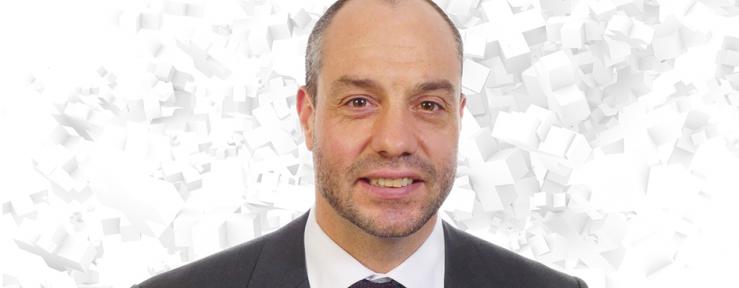To many SMEs, business model innovation seems like a frightening, almost mythical task. According to common belief, it's something that's reserved for the global players. It's primarily a matter of creativity and lateral thinking, much more so than financial strength. At this year's Forum for Swiss Foreign Trade on May 18, 2017, top speakers and CEOs will share their experiences, tips and ideas with Swiss SMEs in order to disprove the following myths:
1. The Trailblazer Myth:
Many people believe that economic success comes from ideas that no one has ever had before. However, the fact is that new business models are very often lifted from other industries. Charles Merrill, for instance, drew from the business models of supermarkets when he founded Merrill-Lynch, which resulted in the creation of the financial supermarket business model. Another example is how the Swiss mattress manufacturer Elite SA adapted the concept of leasing in order to tap markets where Swiss providers previously had no competitive position (to the interview).
2. The Think Big Myth:
Many people believe that business model innovations always have to be radical and new. The opposite is the case, which is proven by many examples on the market. Like product innovation, innovation of business models can be gradual.
3. The Technology Myth:
Many people believe that every business model innovation has to be based on a fascinating new technology. Not true – new technologies can indeed drive business model innovation, but the technologies themselves are often generic. Creativity is demanded when it comes to applying new technologies in order to revolutionize businesses. It's the business application and the specific usage of a technology that make the difference.
Francois Pugliese, CEO of Elite SA, has the vision (to the interview): "We work on integrating new services into our intelligent mattress leasing system. This means that we will soon provide a tablet in every hotel room – and we will use digitization to support the cleaning personnel and to offer additional services for the guests."
4. The Luck Myth:
Many people think that business model innovations are a matter of luck and can't be approached systematically. The fact is that creating a new business model takes just as much hard work as developing a new product, a new technology or a new logistics concept. Business model innovation requires persistence and dynamism.
5. The Einstein Myth:
Many people think that only a creative genius can have truly innovative ideas. These days, success depends less and less on creative pioneers. Cooperative interdisciplinary teams that span multiple functional structures and companies have replaced ingenious inventors like Edison or Wright. Innovation is not a question of individual achievement – it's a team sport.
Karin Frick, Head of the Think Tank at GDI confirms this fact (to the interview): "Innovation doesn't take place primarily within a single business, but in how one cooperates with partners. Even the major companies don't rely only on their own research and development centers; they hold competitions." Internal expertise isn't enough for either SMEs or major companies
6. The Size Myth:
Many people believe that major breakthroughs require major resources. The fact is that it's predominantly small start-ups like the Swiss SME BestMile (to the Interview) who are responsible for revolutions. Google, Facebook and YouTube were all founded by outsiders. Their success proves that the right ideas combined with a healthy dose of courage is more important than resources.
7. The R&D Myth:
Many people think that research and development are always the source of important innovations. The fact is that business model innovation is very interdisciplinary. Technology plays a decisive role, but only in its interplay with the business model. Innovation can't come from the research department alone; all four dimensions have to work together. The stimulus for innovation can come from anywhere within an organization.
Transforming business models
You can find some new topics for discussion in our dossier and in our monthly newsletter (available in Geman, French and Italian - subscribe here). At the Forum for Swiss Foreign Trade on May 18, 2017 you will have the opportunity to engage with other Swiss SMEs and to be inspired by pioneers like Elite SA (to the interview) or Burckhardt Compression (to the interview) during the executive talks. To the program and registration!







